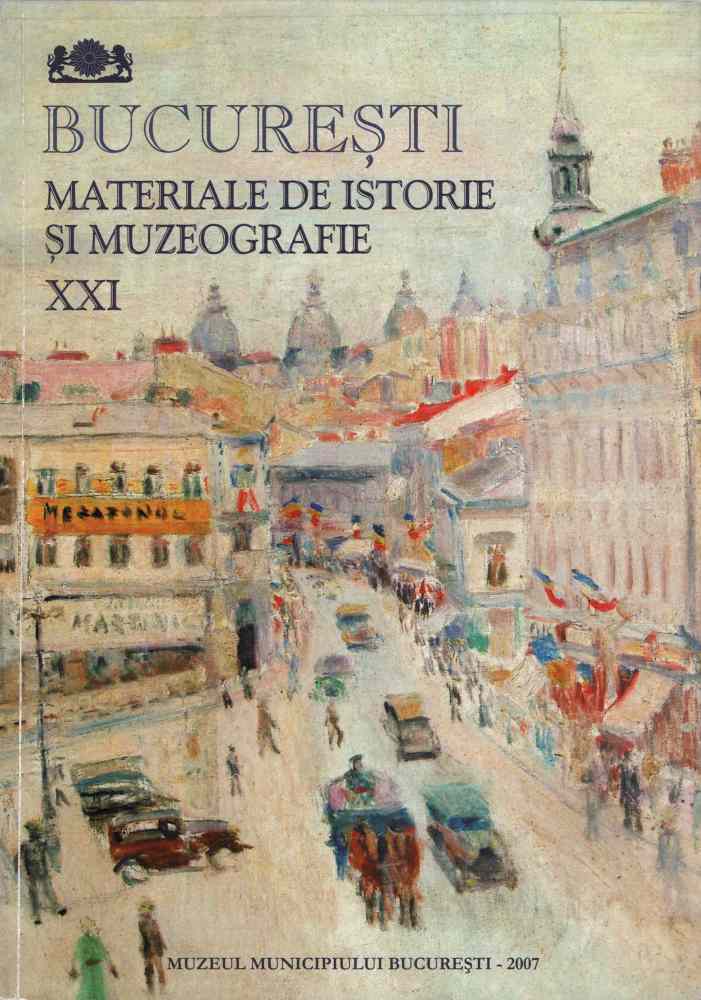
Bucureştii secolului al XIX-lea între Orient şi tentaţia modernităţii
| Autori |
|
| Secţiunea |
|
| Limba de redactare | română |
|
Descriptori
|
|
| Excerpt | According to the Romanian Modern Imaginary, Transylvania and the Banat, separated in 1918 from the Austro-Hungarian Empire and united with the Old Kingdom, have always been represented as parts of Europe. The old Moldo-Wallachian complex should have vanished with the political) act of 1918-1919, but this did not happen. Transylvania with its contribution to the European civilization was also meant to homogenize the imaginary and social spectrum of the Great Romania. At the same time, through its civilization, Transylvania has struggled to integrate as a new state into Europe. In this frame, Transylvania was administratively, culturally and mentally integrated into a new political pattern considered to be a unitary one. However, Transylvania still preserves the Cultural and Mental Central-European substance; this is a very well represented reality of the daily life anchored in a very urban and multi-cultural habitus. Following the modern imaginary perspective, an integration process went on in the Romanian geographical space. This happened in two phases. On the one hand, in the Transylvanian region, we deal with a real connection to the Central Europe. On the other hand, the Old Kingdom was simultaneously a receiver and an imitator of institutional and cultural Western European models (French especially). Thus, there were indirect connections to the Central-European models. In Transylvania, the Romanian elite was looking for solutions to integrate their identity into the Central-European one. By using these techniques, they wished to legitimate themselves. In the Old Kingdom, the intellectual and political elite had built a modern state endowed with all the accessories and essential features, unknown until then to the social corpus, and simultaneously offered solutions for connecting their identity to the European one. Between the 18th and 20th centuries, the Romanian borders were under the influence of two regional cultural projections: Mitteleuropa and south-eastern Europe. In my project, I deal with the essence of the imaginary border (between Transylvania and the Old Kingdom) and I question upon what made it happen. I consider that only by studying this symbolic demarcation one can understand the mental cleavage between two regions of Romania. |
| Paginaţia | |< << 49-57 >> >| |
| Descarcă fişierul | |
| Titlul volumului de apariție | |
| Editura | Publicat de: Muzeul Municipiului Bucureşti |
| Loc publicare | Bucureşti |




